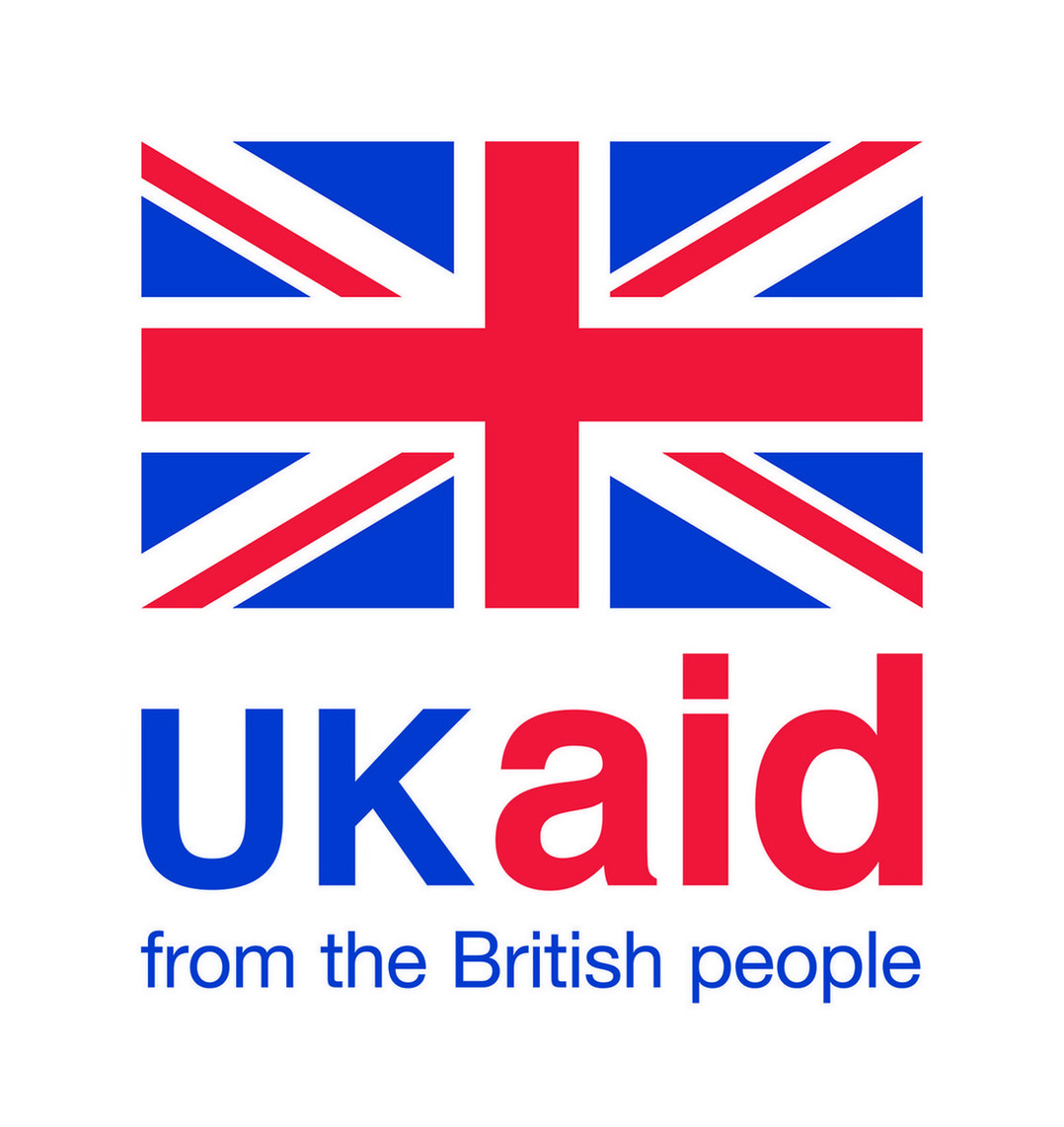Climate change has made weather patterns harder to predict and extreme events such as droughts and floods have become more frequent and severe. Developing countries feel the sharpest effects of climate change. In 2017, the droughts that affected East Africa, Yemen and North-Eastern Nigeria, where the population largely depends on rain-fed agriculture for subsistence, have resulted in a famine and hunger crisis affecting about 30 million people. Last year, unprecedented mudslides and floods left over one thousand people dead in Sierra Leone and resulted in the displacement of 500,000 people in Sri Lanka.
As a result, it is more important than ever to better monitor and predict weather patterns. Without reliable and consistent satellite and ground level measurements, it will not be possible to deploy effective early warning systems and improve preparedness and response to disaster. Without such data, and without efficient weather modelling techniques, developing countries will only have substandard weather forecasts. In order to strengthen its resilience to climate change, the agricultural sector, on which the livelihood and the economy of the majority of developing countries depend, needs high quality and localised weather forecasts.
The potential of mobile beyond the dissemination of weather information
Mobile is already playing an important role in disseminating valuable weather information in developing countries. The key value of mobile is to complement broadcast media such as radio to deliver localised, granular weather information to individuals. In a changing climate, weather content is highly valued by smallholder farmers accessing mobile agriculture information services. In Myanmar, one of the world’s most vulnerable countries to climate change, farmers are relying on sources like the mAgri service Site Pyo, Ooredoo Myanmar’s weather centric agricultural app, to plan and manage their crops. In Malawi, since Viamo added weather forecasts to its 3-2-1 mobile information service, this content has driven over 30 per cent of the total activity (content accesses across all channels including IVR, SMS and USSD).
While reliable and localised weather information is as needed as ever, weather data is scarcely available and of poor quality. National meteorological agencies in developing countries face a serious capacity challenge, in terms of both availability of technology and of skills to generate even a generic weather forecast. As a striking example, most national meteorological agencies in Sub-Saharan Africa operate only a handful of functioning automated weather stations. Hundreds of such weather stations would be required to generate sufficient current and historic data for weather monitoring and for calibration purposes in weather forecasting.
Given the challenge, the mobile sector has more to offer to strengthen climate resilience in developing countries beyond the dissemination of weather information via mobile phones. Mobile technology is becoming more and more crucial to bridge the data gap in weather monitoring and forecasting. Public-private partnerships between national meteorological agencies, commercial weather service providers and mobile operators will be increasingly required to complement existing infrastructure, generate new data and eventually improve weather services.
The need for Mobile IoT partnerships in weather services
Together with innovations in satellite technology and the emergence of low cost mini satellites, Mobile IoT is the most innovative area in weather technology applied to the needs of developing nations. Key developments in this area include the emergence of low cost connected weather stations, which are increasingly being deployed at base station sites for access to power, and the use of mobile networks’ microwave links data for accurate rainfall measurements. In addition, the ability to geo-locate mobile users, even in a 2G environment via network intelligence (cell ID and triangulation techniques) and in the absence of GPS, is another critical value-add that mobile operators can offer. This is of particular relevance in tropical countries, where weather patterns can vary largely within short distances and a weather forecast is only relevant when highly localised.
Two global stakeholders, the World Meteorological Organisation (WMO) and the United Nations (UN), recognise the role of the commercial sector, including mobile operators, for reliable meteorological services, especially in poorer countries. The WMO supports the Global Weather Enterprise, an international framework to stimulate and facilitate access and exchange for both public and private sources of data. The UN is involved with initiatives such as Climate Information for Resilient Development in Africa, part of the United Nations Development Programme, which enables African countries to strengthen national climate information systems, including through partnerships with mobile operators for co-locating automated weather stations at secure base station sites.
Besides information services, new mobile financial services (MFS) use cases are also emerging to strengthen the climate resilience of rural populations. One notable example is digital weather index insurance, which replaces features and transactions of a traditional insurance model with technology based solutions, such as the use of mobile technology to locate, register, and pay farmers via mobile money. Only through the formation of new and effective partnerships between different stakeholders, national meteorological agencies, commercial weather service providers and mobile operators, it will be possible to generate new data, share it efficiently and eventually create the services that will make developing nations more climate resilient.
To find out more about the work of the GSMA mAgri programme on mobile technologies and services for climate resilience please visit our webinar: Weather Forecasting & Monitoring: Mobile Solutions for Climate Resilience.
This project was funded with UK aid from the British people.


